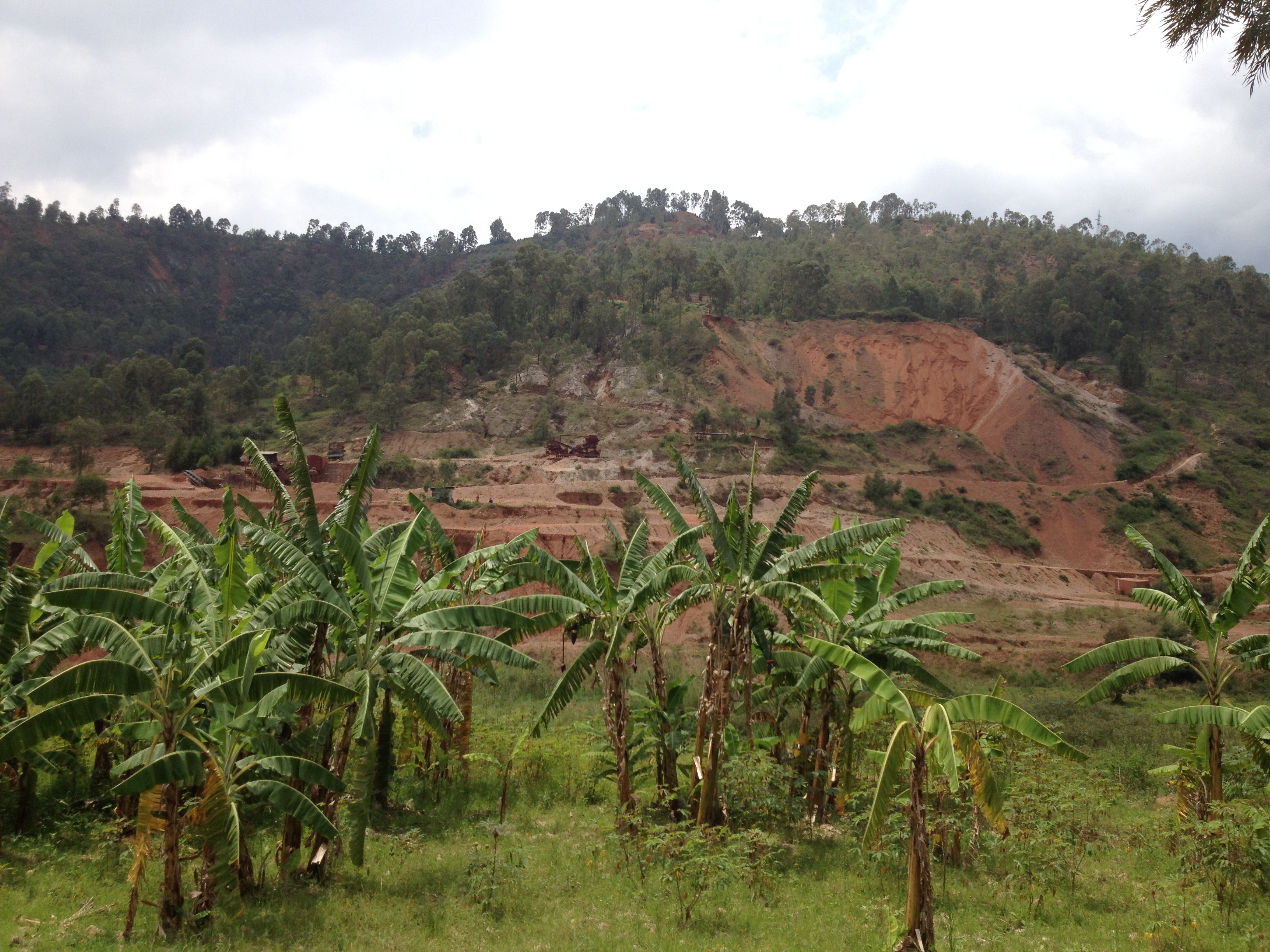Aim
This study aims to investigate the spatial coincidence between “critical metals” (i.e. those needed for renewable energy infrastructure) and terrestrial biodiversity. Specifically, we propose the following three research objectives:
- Identify and map critical metal reserves, and compare these maps with spatial distributions of:
- Factors enabling resource development, including infrastructure and political stability; and
- Biodiversity indicators, including distributions of threaten species and protected areas.
Mining poses serious threats to biodiversity worldwide. Management efforts and policies are strengthening in some high- risk places; however, relationships between mining and biodiversity are not static. Notably, the global mining sector is currently undergoing a transition, with demand shifting away from fossil fuels and towards metals critical for renewable energy infrastructure. These shifts will, in turn, affect biodiversity, potentially pushing risks towards remaining intact wilderness, in countries lacking political will and management capacity. This is a significant problem for governments, industry and conservation organisations alike, given growing societal pressures to achieve sustainable development goals, while also mitigating climate change and conserving biodiversity.

